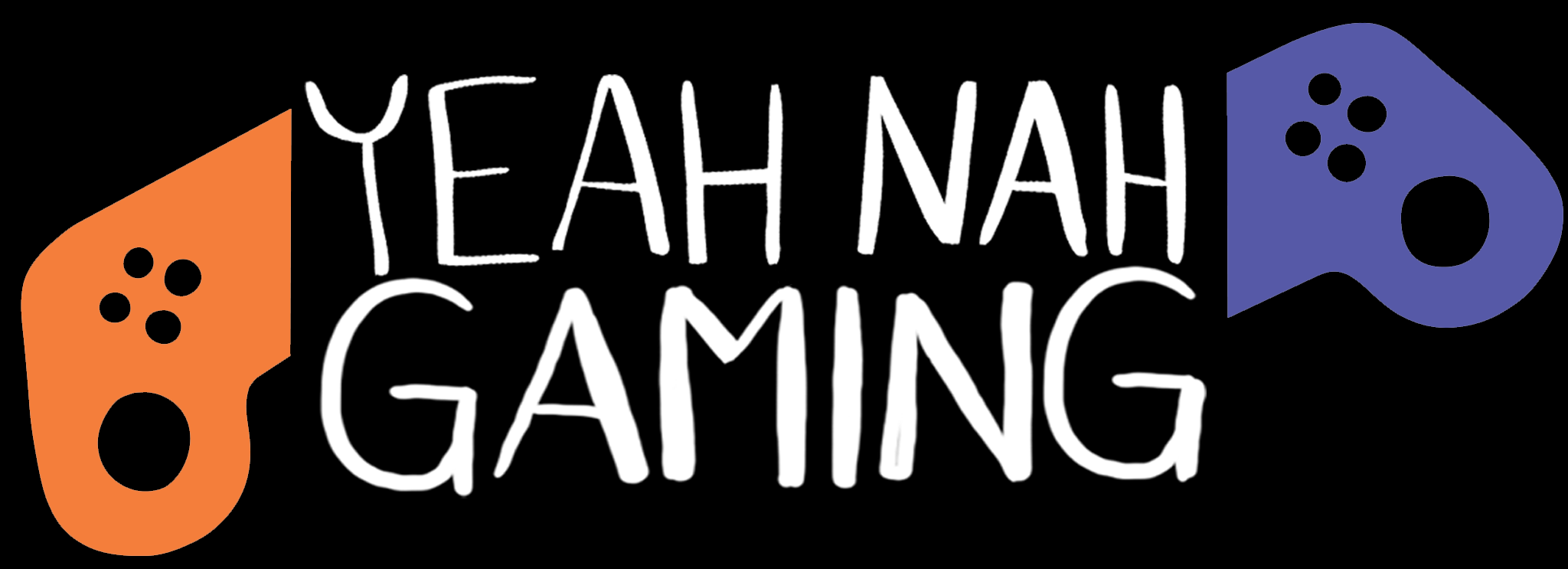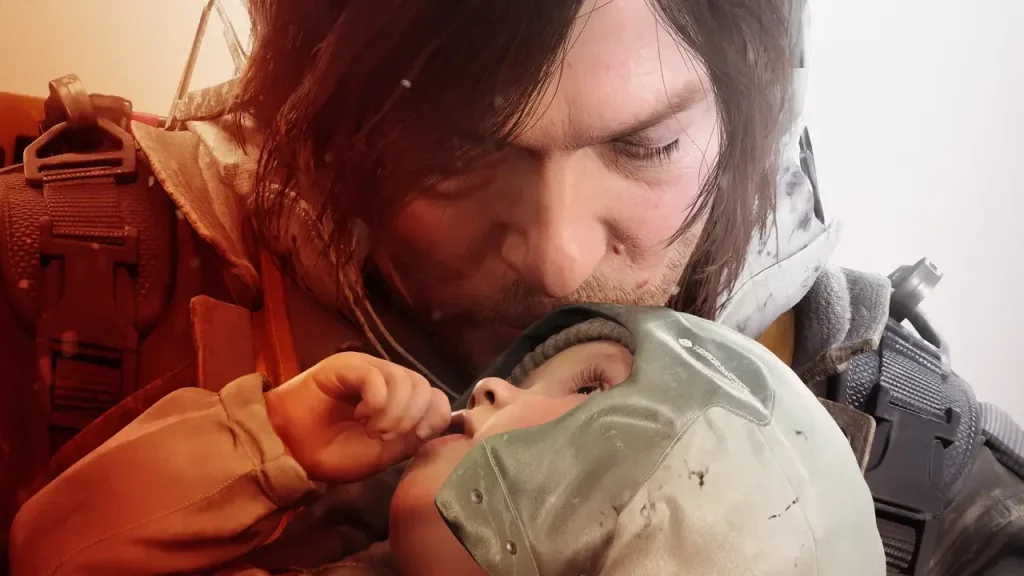We decided to run two reviews for Death Stranding 2 at Yeah Nah Gaming, so that we could have different perspectives on a game that’s sure to be polarising. For better or worse, Xenojay and I came to very similar conclusions, although we took very different paths to that end … You can read Xenojay’s review here!
The first Death Stranding was nothing if not divisive. Part of that was the Kojima Effect—director Hideo Kojima’s eccentric style of storytelling is one you either love or hate, and this was an especially unrestrained version of it. Part of that was a mishmash of game systems that could be seen as either brilliant or incredibly dull, depending on one’s perspective. It’s clear from the outset that one of Kojima Productions’ goals with Death Stranding 2: On the Beach was to respond to some of the negative feedback about the first game. To polish up some of those “shortcomings” in pursuit of a Good Video Game.
I’ll admit, I spent a lot of time worrying if Death Stranding 2 went too far in sanding away the “rough edges” that made the first game so interesting. There’s a much more seamless flow this time around, with a more even balance of exploration and combat. The harsh terrain of post-apocalyptic Mexico and Australia isn’t nearly as uncompromising to an intrepid explorer as that of the first game’s United States, and that’s before you get to how much more viable vehicles are this time round—not to mention the addition of at least three different forms of fast travel. Death Stranding was a game built on the kind of friction that forces creative problem solving and memorable situations; Death Stranding 2 sacrifices at least some of that in the interests of being more playable, but at the risk of being less memorable. More comfortable, but less distinctive.
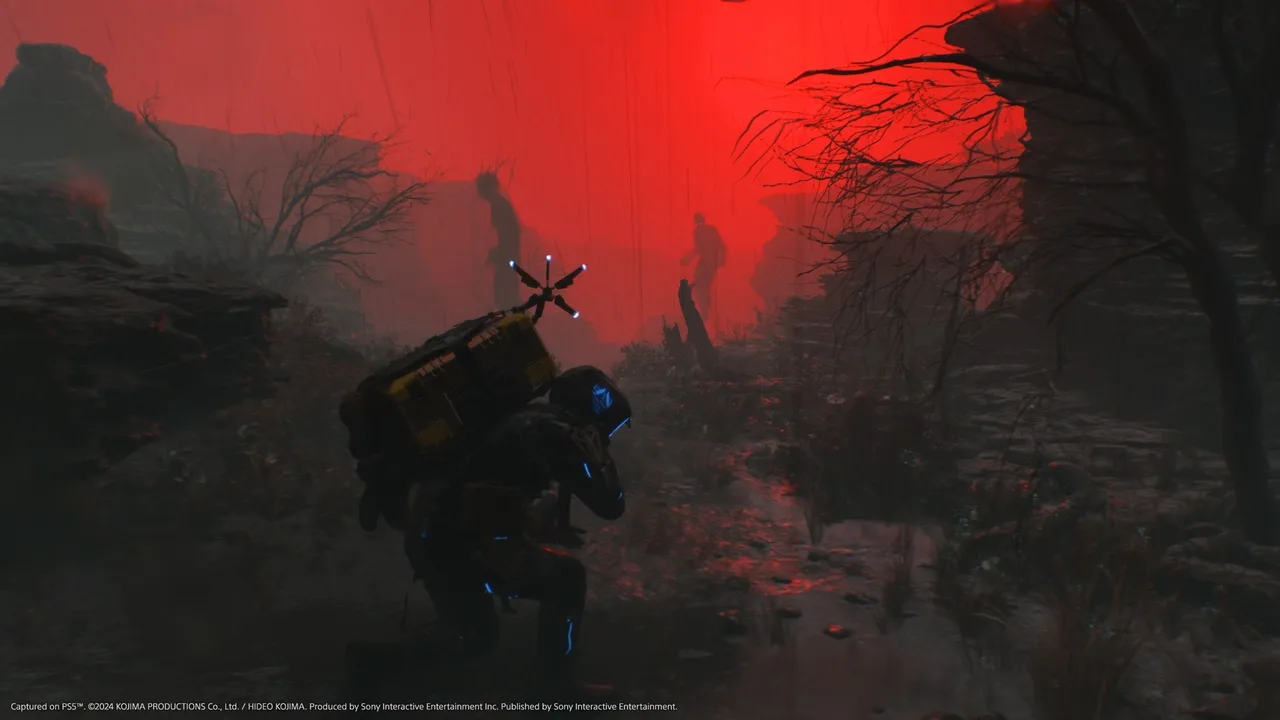
And then it hit. It’s a major spoiler, so I won’t say what, but the Kojima moment hit, recontextualising the last 50 hours I’d spent both thoroughly enjoying the more refined experience and feeling that something was missing. Even Kojima can’t fight the frankly bizarre assumption that “objectively good game design”—which almost always seems to mean streamlined, polished, as unobtrusive as possible—is a thing worth chasing, but he managed to build a central theme around that. Are you sure that’s what you want? Are you really, really sure?
All while Death Stranding 2 tackles half a dozen other concepts. The first game’s critique of American imperialism carries on here, this time taking aim at border control, migrant labour as a thing that is both detested and relied upon, expansionism, and military diplomacy. The persistent undervaluation of women in society sits squarely in this game’s crosshairs. So does the increasing presence of “AI” in our world, our growing reliance on it, and the lack of thought given to the consequences of that reliance. On a more personal level, Death Stranding 2 is a game about grief, family—both biological and found—and, of course, connections between people.
It’s a lot to take on, but the game ties all these ideas together with a deft hand and a careful balance between potency, sensitivity, gravitas, and humour. Kojima’s trademark blend of eccentricity and insight runs through the whole piece, but credit is due to the whole writing team and cast. Death Stranding 2 tells a story that could easily miss its mark, that could easily have wound up feeling parochial, self-indulgent, and tonally disjointed. It shouldn’t be possible to reconcile one of the most downright ridiculous, farcical final boss fights of all time with the weight of the ideas that Death Stranding 2 invokes, yet reconcile it does. Between Kojima’s directorship, sharp writing, and fantastic performances from a talented cast, it effortlessly juggles those ideas and tonal shifts.
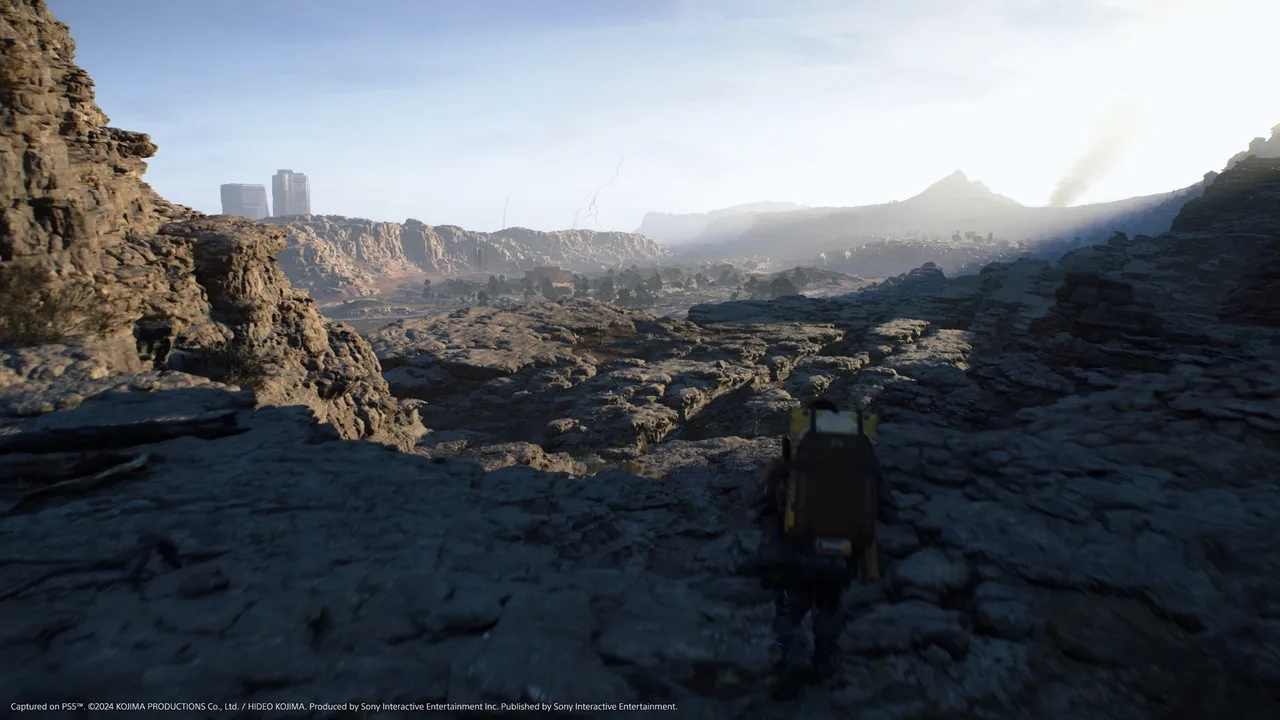
All this in a game about being a post-apocalyptic courier. The moment-to-moment still revolves largely around transporting goods between outposts and shelters, and connecting those facilities to the “chiral network” (sci-fi internet) as you do. Getting from A to B is far more than simply walking, as you need to figure out how to traverse all manner of unaccommodating terrain and fending off occasional bandit attacks, all while keeping your luggage balanced and cargo in good condition. Outside the reach of the chiral network—as each new zone you foray into will be—you’re limited to portable ladders and climbing anchors for mountaineering assistance, but once an area is connected, you’re free to build structures that can help: bridges, storage lockers, shelters that protect from hazardous rain, and so on.
The chiral network also allows connection to other players, which happens asynchronously and seamlessly. You won’t see other players directly, but structures that other players have built will show up in your game, players can share the workload of gathering resources for major builds, and you can even put up requests for items or help. This aspect of the game is largely unchanged from the first game, and it’s still where Death Stranding 2 takes its most literal approach to themes of connection and the bonds formed with strangers working towards a common goal.
As mentioned before, where Death Stranding 2 has shaken things up a bit is in just how many tools are available to you, and how many ways there are to solve any given problem. Vehicles become available early, and are generally far more reliable than they were in the first game—there are very few places you can’t get to with a motorbike (motortrike?) or an off-road truck. A few different forms of fast travel open up over the course of the game, each with just enough limitations to make them situationally convenient but not the first choice of getting around. Roads return from the first game, allowing for quick vehicle transport once their heavy construction costs are met, but this time they coexist with a monorail network. You can’t just hop on and off a train like you can with the road, but they can haul huge amounts of cargo, and are especially useful for transporting resources from mines.
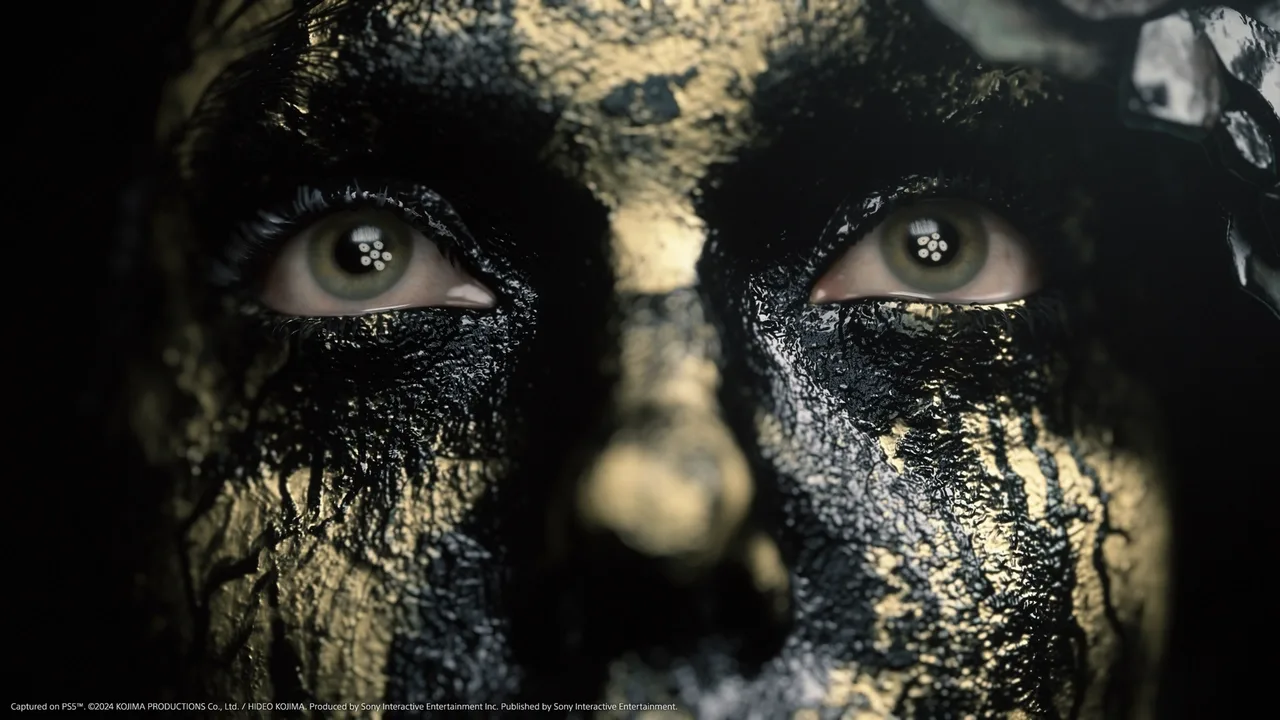
Combat has been similarly beefed up, mostly through the array of new weapons and tools to support whichever approach you want to take: tactical espionage action or guns blazing. There’s more variety of different guns and less need to worry about different weapons for different targets. You’ve got more options for hand-to-hand combat and stealthy takedowns now, especially once you unlock combat gloves that can be electrically charged for an extra kick. All of this makes the action in Death Stranding 2 far more dynamic and rich than it was in the first game, a fact driven home by a greater emphasis on dealing with bandits as you go about your deliveries.
On the other hand, BTs—Beached Things, those ghostly entities that formed some of the first game’s more tense moments—are much less of a threat this time around. They’re mostly confined to specific areas where they’re easy to avoid, and they’re easy to put down if you do wind up having to fight some. This is probably Death Stranding 2’s biggest shortcoming: one of the most unique, defining aspects of the first game has been largely sidelined outside of some scripted encounters. In the first game, rain always brought the threat of random BT encounters, and it brought a vital degree of tension and terror to each trek across the wilderness. That’s entirely absent this time around, and the game is worse for it.
The other improvements also run the risk of over-streamlining a game concept that relies on at least a little bit of player-hostility to be interesting. If you can simply drive wherever you need to, then hoofing it—and engaging with all the systems that make Death Stranding’s on-foot navigation interesting—requires actively choosing the less convenient option. Even with the limitations tied to fast-travel, it doesn’t take too much brain power to find effective ways of using it to cut down on manual traversal. But the crucial difference between these things and the impotent BTs is that you can’t just choose to make the ghosts more dangerous. But you can choose to take the less convenient, more interesting road when you’re making your deliveries, which all comes back to that late-game revelation that I’m trying my best not to spoil. There’s an easy, convenient option right here, but are you sure it’s what you want? Are you really sure?
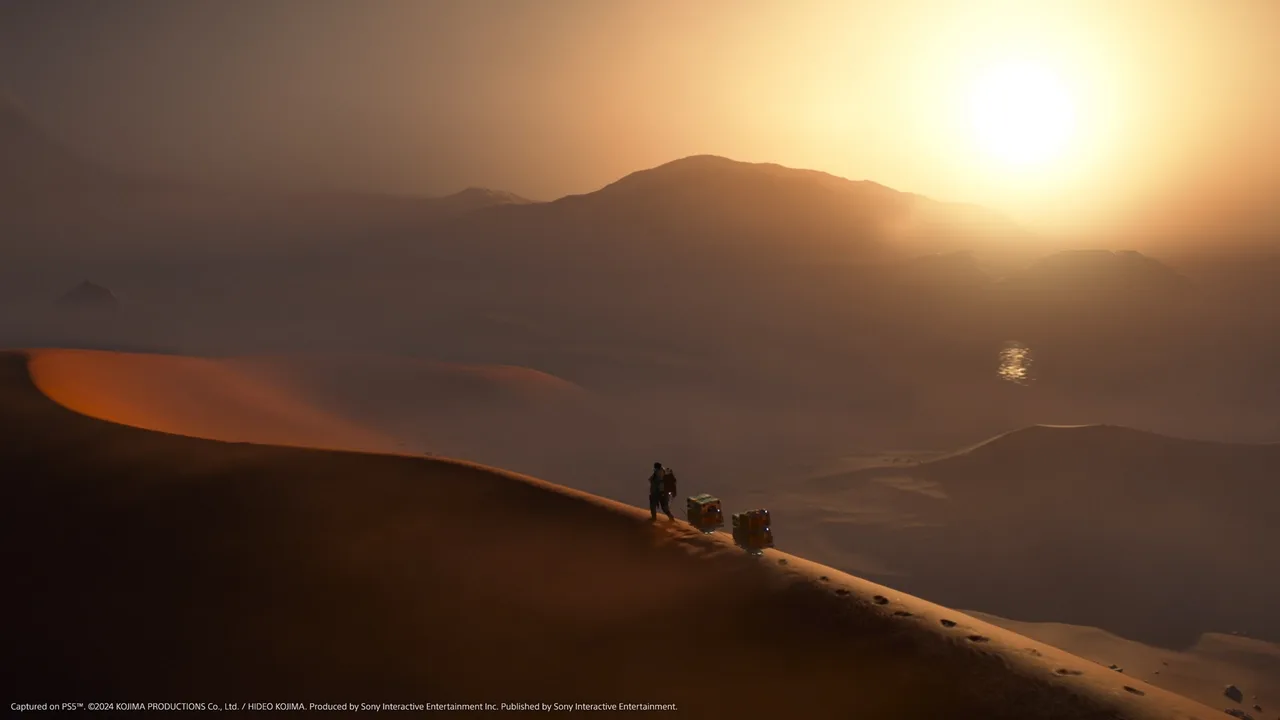
And with that Death Stranding 2: On the Beach somehow manages to be both a safe, glossed-up sequel aimed at mass appeal, and a game that is willing to stick to its vision if it ends up being divisive as a result. A decidedly Kojima-esque reflection on geopolitics and technology in a time of [gesticulates wildly at everything] was exactly what I expected, and On the Beach certainly has that in spades. But turning the first game’s perceived flaws into a discussion point about what gets lost in the chase for inoffensive mass appeal? I didn’t see that one coming. Well played, Kojima. Well played.
Death Stranding 2 goes bigger, bolder, and more streamlined ... perhaps too streamlined. But has Hideo Kojima ever been one to play it safe with a sequel?
